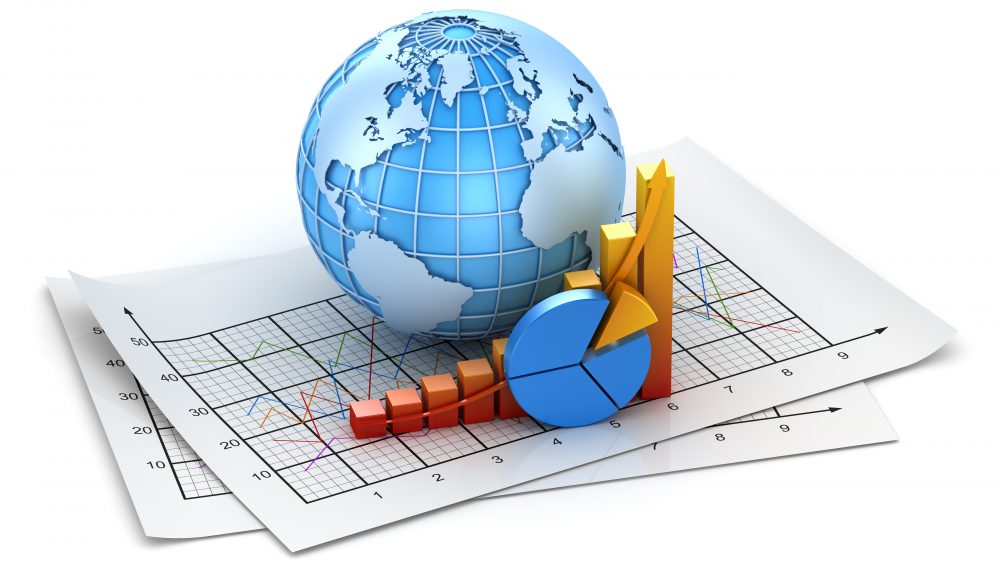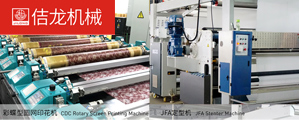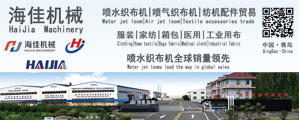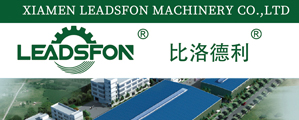Multi-sector efforts to ease the pressure on corporate profits
Jul 27, 2021 | by Zhao Xinhua

Recently, the price of raw materials rose again after the Spring Festival this year, combined with the global pandemic, international freight, RMB exchange rate and other factors, the profit of textile enterprises has been compressed, some enterprises said that “earn a few cents order everyone rush to do”.
However, in response to the rising commodity prices and the pressure on corporate profits, the authorities have also responded. China’s industrial production capacity is relatively strong and the supply capacity of industrial products is relatively sufficient. The relevant departments have implemented the policy of ensuring the supply and stabilizing the prices of domestic bulk commodities, and the results are beginning to show. The overall impact of rising industrial prices is manageable.
Meanwhile, new business forms and models are becoming new drivers for China’s foreign trade transformation and upgrading and high-quality development.
From late June to early July, the price of textile raw materials has been raised no less than six times in less than half a month.
Since July, DTY, POY and FDY have all increased by 500 to 800 yuan per ton. Among them, driven by the domestic demand market, DTY and POY, the two products, rose sharply, with a total increase of 3,000 yuan per ton in the first half of this year.
The reason for the price rise is mainly due to the impact of international oil price shocks and upstream costs. However, FDY products, which mainly supply foreign trade market, are affected by the repeated overseas pandemics, the shortage of container supply and the sharp rise of freight, and the overall increase is not as good as the first two.
Moreover, Meng Zhuo, manager of Anhui Garment Import and Export Co., said that in addition to negotiating price increases with customers, it is not always possible to do so. Some of the orders returning to China are made by Chinese companies that could be produced in factories in Southeast Asia, but had to produce in China because of the outbreak. Domestic production costs are certainly higher than those of these factories in Myanmar. Combined with international shipping costs and other factors, the increased cost of these products will inevitably further erode profits and even costs.
Meng said orders for this autumn and winter had to be completed by July because of the long international shipping cycle, and were taken in October last year. And now to receive the order, not only to consider the locked exchange, but also to consider the factor of rising shipping costs, in the contract to plan how to share the increase.
According to Meng Zhuo’s observations, this year’s clothing factories are mainly in tight production. The fabric factory is in the off-season, even the peak season is not as good as before.
The China Chamber of Commerce for Importer and Exporter of Textiles disclosed on July 13 that China’s textile and apparel exports in the first half of the year were up about 3 percent and 12 percent respectively year-on-year in RMB and USD terms, and maintained rapid growth compared with the same period in 2019. Among them, textiles, affected by masks, declined compared with the same period last year, while clothing, driven by warmer external demand, grew rapidly.
The producer price index (PPI) rose by 5.1 percent on average in the first half of this year, up 3 percentage points from the first quarter, according to the National Bureau of Statistics.
The producer price index expanded in the second quarter, mainly due to several factors. First, the economy is continuing to recover and demand is expanding. Second, the import impact of rising international commodity prices. In June this year, the international energy price index and the non-energy price index rose by 92.6 percent and 43.2 percent year-on-year, both relatively high increases. Third, the impact of a low base in the same period last year. Influenced by the COVID-19 pandemic, PPI has been falling continuously since February last year, and the price of every month in the second quarter was down by more than 3 percent year-on-year. Therefore, the year-on-year increase of PPI in the second quarter of this year was significantly expanded, which brought great cost pressure to many middle and downstream enterprises as well as small, medium and micro enterprises.
Recently, the relevant departments have implemented the policy of ensuring and stabilizing the prices of domestic bulk commodities, and the results are beginning to show. PPI rose 8.8 percent year-on-year in June, down 0.2 percentage points from May. The overall impact of rising industrial prices is manageable.








